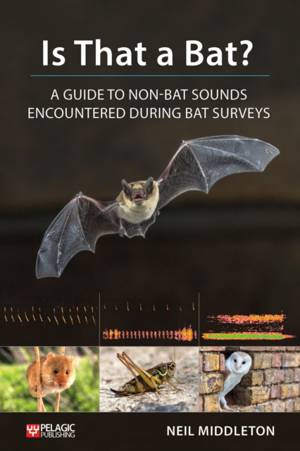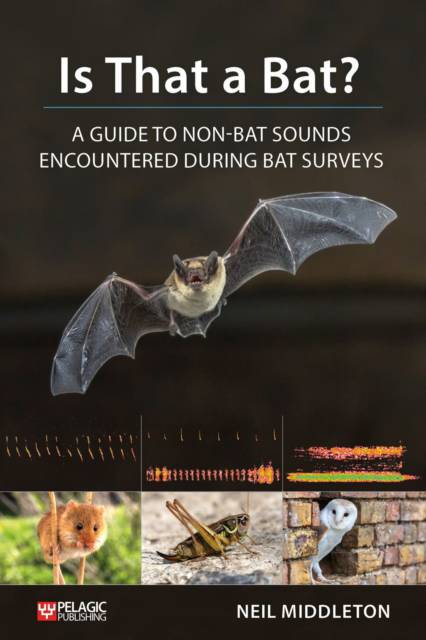
- Retrait gratuit dans votre magasin Club
- 7.000.000 titres dans notre catalogue
- Payer en toute sécurité
- Toujours un magasin près de chez vous
- Retrait gratuit dans votre magasin Club
- 7.000.000 titres dans notre catalogue
- Payer en toute sécurité
- Toujours un magasin près de chez vous
Description
Bat detector surveys are carried out by ecological consultants, researchers, conservationists and hobbyists. Understanding and categorising non-bat sounds in surveys offers the potential of knock-on benefits for informing development projects (e.g. other important records discovered within a site), as well as the possibility of associated conservation benefits. In recent years the number of people carrying out these surveys and recording calls with bat detectors has grown considerably. These surveys often generate vast amounts of audio recordings, resulting in the heavy workload associated with completing the sound analysis and reporting process.
Those carrying out analysis can be distracted, intrigued or delayed owing to the occurrence of recordings that are unfamiliar and not identifiable to them. These recordings can relate to 'difficult to ID' bat species, but also, often, sounds not related to bats. This can be especially true when noise triggers such as insects, small mammals or birds look like bat-related noise. Therefore, only knowing what bats sound like is not enough. It is extremely useful to know what other sources of noise look and sound like within the same soundscape. This resource will help bat workers, in whatever environment they are in, to be more confident in recognising, categorising and dismissing other sounds. The book includes a substantial downloadable sound library (.wav format) that readers can listen to by ear or process through sound analysis software.
Is That a Bat? also caters for sounds that are also heard by ear alone, in the field, during the hours of darkness. These scenarios often have bat surveyors intrigued or confused as to what they are listening to. Occasionally, knowing what these sounds are could be important, or at the very least, of interest.
The first chapter caters for the subject overall, including suggestions from the author as to why the subject matter is of value. It also discusses bat-related calls (including social calls) with a view to offering comparisons against the other sources of sound discussed in separate chapters. Continuing through the book, there are chapters covering the following: small mammals; amphibians; insects; birds; electrical/mechanical noise; and other noise/nuisances. Within each chapter there are sub-sections about bat detector recorded sound, sound by ear, as well as advice on techniques and methods to reduce or increase the likelihood of recording other sounds. The book concludes with associated appendices, including a 'Problem Solving Key' to help those encountering an unfamiliar sound to narrow it down to the likely source.
With technology advancing at pace, the technical ability of the analyst is of huge importance. With a wider perspective and more knowledge, those responsible for interpreting field encounters can be more confident when making decisions about sources of sound. Apart from that, 'knowing stuff' makes the job far more interesting and gives the bat worker a greater appreciation of the natural world within which they are working.
Spécifications
Parties prenantes
- Auteur(s) :
- Editeur:
Contenu
- Nombre de pages :
- 288
- Langue:
- Anglais
- Collection :
Caractéristiques
- EAN:
- 9781784271978
- Date de parution :
- 06-03-20
- Format:
- Livre broché
- Format numérique:
- Trade paperback (VS)
- Dimensions :
- 155 mm x 231 mm
- Poids :
- 612 g

Les avis
Nous publions uniquement les avis qui respectent les conditions requises. Consultez nos conditions pour les avis.






